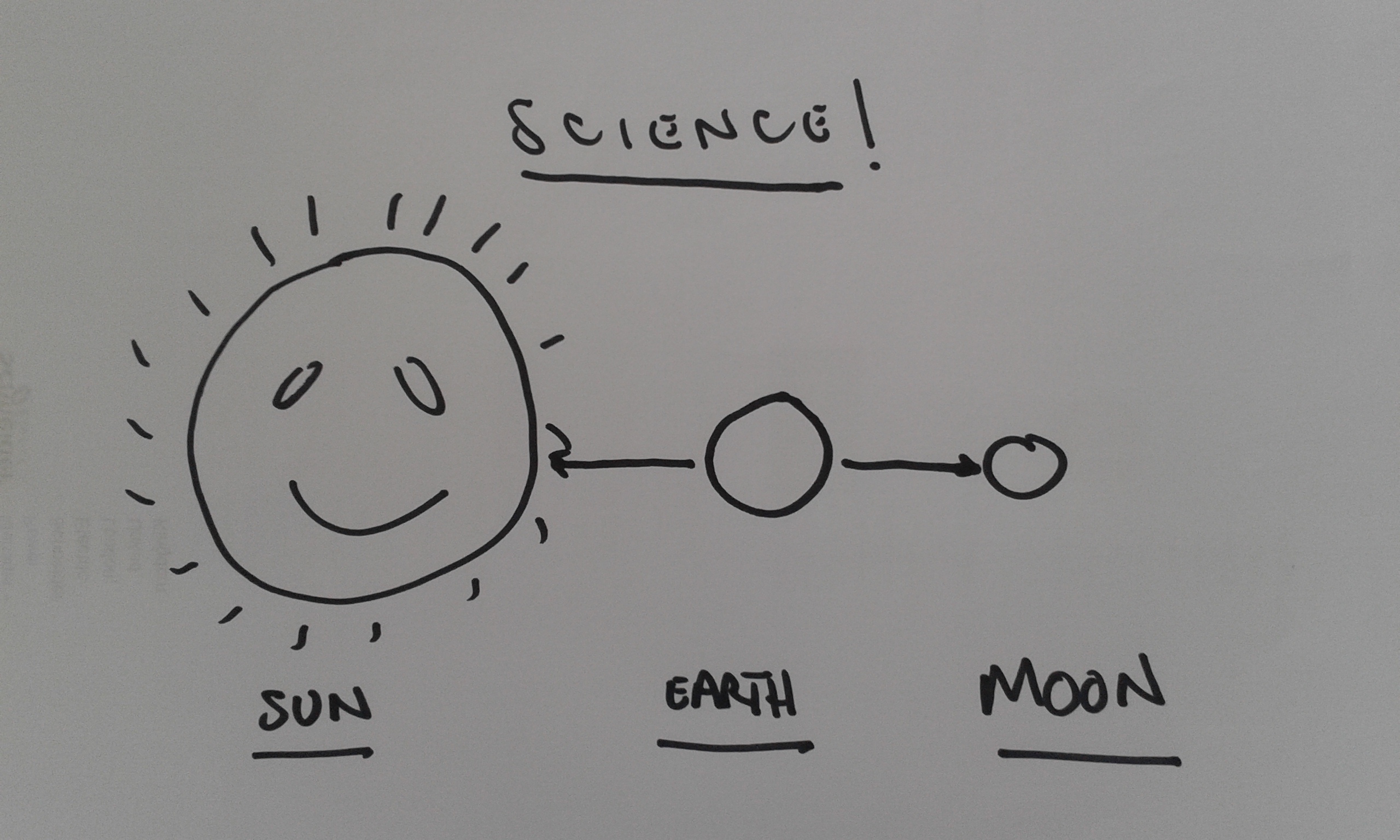

".....we just need to get our sales team performing better...." is how many conversations begin with CEO's of under-performing organisations. Hhmm.......it's not always that straightforward. Yes, often the root causes of an under-performing sales team are close to home; low levels of basic sales skills, low levels of sales support, culture/attitude or often just a poor product. Often though, there are less obvious features of the way an organisation is doing business that are impeding performance and these are often issues of subtle misalignment within the organisation.

Astrologers will tell you that the alignment of planetary bodies at the time of birth dictates their personality traits. Astronomers will tell you, yeah, maybe but the truth is it is the biggest and the closest bodies that have any significant impact. So for tidal movements on Earth it's just the Sun and the Moon that create weak or strong tides.
The trick in business, having accepted there may be some subtleties of organisational alignment stopping you growing, is to figure out the biggest and the closest elements that are causing the problems. Example 1: A software firm had grown rapidly then saw their business start to decline. The product was good but sales were becoming more infrequent and there was a high turnover of sales staff. The old sales model was focused on the client's IT leaders and was built around successfully responding to RFP's. Long story short; they needed to stop selling a tool-kit and start engaging in a consultative way with the business and use their product as the enabler of business change. That however required shifts in organisational alignment so the previously autonomous functions of Marketing and Product Solutions were integrated with the Sales team to ensure the go-to-market messages were in-line with what Sales staff were saying to clients and that the Solutions team was focused on building use cases that would win deals. They successfully changed and started growing again.
Example 2: A services firm grew rapidly in a market with high demand and few competitors. They were great at order-taking and operational delivery and built a tremendous brand name. Low barriers to entry saw competitors come in and take market share at lower fees. Yes, the sales force needed training, coaching and mentoring to compete more effectively on value but most of all, re-alignment was needed between Strategy and Execution. The CEO was a visionary who had grown his company from nothing to a $50m turnover business and was frustrated that business was now declining. Translating his ideas into detailed plans that the sales force could use and into marketing artefacts that could generate client interest was the challenge. Connecting lead generation activities to their web-presence and with social media activities, PR and event presence also needed to be addressed in order to leverage the strong brand and the investment made in website development, PR and Marketing. Aligning their market focus with their capabilities enabled them to create a new and strongly differentiated statement of their value proposition and initiate a range of new sales campaigns to drive re-growth.
Example 3: A consulting firm had grown rapidly from half a dozen FTE to 70 but then growth stalled and they stayed that way for three years. They had a great delivery track record and good sales people. The CEO was unable to empower his people and insisted on being personally involved in every deal and had sole approval for all client presentations and correspondence. He had become the bottleneck in the organisation and was the sole reason for under-performance as sales staff became frustrated and clients impatient with slow response. They refused to change and were acquired.
When you start to analyse the causes of under-performance, there are a thousand places to look. With the right skills and experience, instinct often points you in more or less the right direction. But optimising the Sales function and achieving the highest possible levels of business performance and sustaining those levels, often requires changes beyond the Sales function itself. The value of corporate IP, of a founders brilliant idea or a CEO's vision, can be wasted if Strategy cannot be effectively linked to Execution!
Enter your email address to subscribe to this blog and receive notifications of new posts by email.